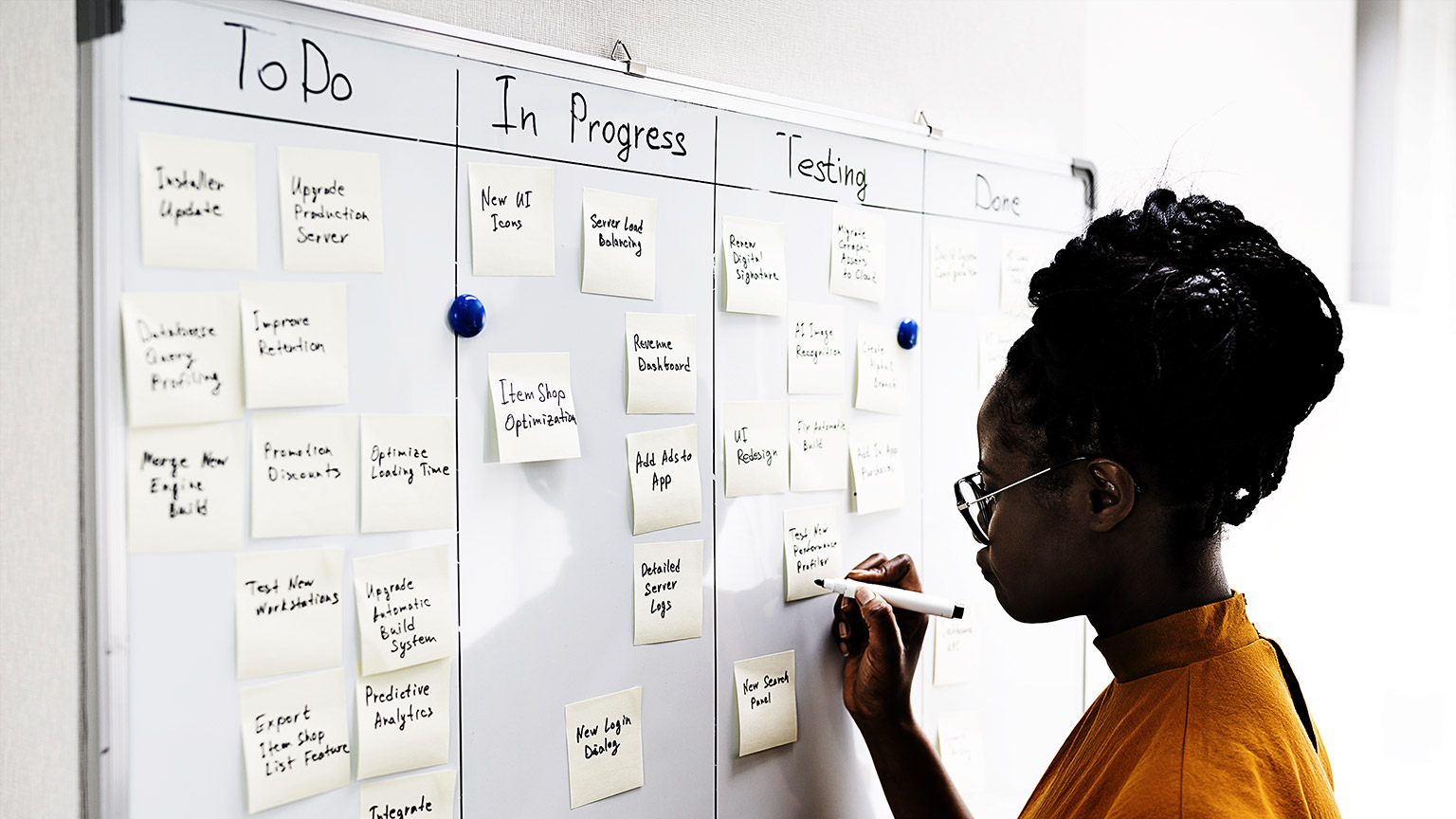In this topic, you will learn how to review and finalise the project.
By the end of this topic, you will understand:
- Activities required to finalise a project
- Feedback process
- Improvement process for future projects.
As the end of a project nears, it's important to finalise all activities. This includes financial, legal and contractual obligations, as well as seeking feedback from all project stakeholders.
Here are some tips on how to finalise your project:
- Check that all financial obligations have been met. This includes any invoices that need to be paid, as well as any reimbursements that need to be made.
- Review all legal and contractual documents to make sure everything is in order. This includes any permits or approvals that may be required.
- Gather feedback from all project stakeholders. This will help you identify any areas that need improvement for future projects.
- Prepare a project final report to document planned deliverables, milestones, budget and an explanation about any variance. Outline the project success and project challenges that can be used for future projects.
An example of a Project Final Report is provided below.
| Project Name | |||
|---|---|---|---|
| Project Manager | |||
| Date | |||
| Deliverables | |||
| Planned | Actual | ||
| Explanation of Variance | |||
| Schedule Milestones | |||
| Planned | Actual | ||
| Explanation of Variance | |||
| Project Budget | |||
| Planned | Actual (To Date) | ||
| Project Challenges | |||
| Description | Impact | Actions Taken | |
These tasks may be performed by the Project Manager, or the Project Manager may allocate and oversee the completion of these activities.
By following this process, you can ensure that your project is wrapped up neatly and efficiently.
It's important to confirm that project products and documentation are prepared for handover to the client in a timely manner. This helps ensure quality and completeness.
To confirm that everything is ready for handover, review the project deliverables list and make sure all items are complete. Then, create a handover document that includes all relevant information about the project, such as contact information, passwords, etc.
Once everything is confirmed and gathered, reach out to the client to schedule a time to deliver the products and documentation. Make sure to allow enough time for any questions or feedback from the client.

It is important to seek feedback from stakeholders and project authorities about the implementation, management and integration of project activities.
Feedback can be gathered through surveys, questionnaires and closing meetings.
Project managers should use feedback to improve the project management process and make necessary changes. Feedback should be sought on a regular basis to ensure the project is on track and meets stakeholder expectations.
Project evaluation report
A Project Evaluation Report can be used to formally document the feedback received and to document lessons learnt to improve future projects.
A Project Evaluation Report should include the following information:
- A summary of the project
- An explanation of the finding of the evaluation, including the deliverables, what went well and what issues occurred
- A summary of the feedback gathered from the project stakeholders and authorities
- A summary of how well the project complied with the Project Management Plan
- A summary of any variations between objectives and outcomes
- Realistic recommendations that can be used for future projects to improve results
An example of a Project Evaluation Report is provided below.
| Program Name |
|---|
|
Background <<Summarise the project.>> Evaluation Findings <<Summarise the feedback received by the Board and from other reports from project team members.>> <<Detail the findings of the evaluation. Include information on deliverables, what went well, what issues occurred etc.>> <<Detail any variations between objectives and outcomes.>> Lessons Learned <<Make recommendations that can be used for future projects and programs to improve results.>> |
